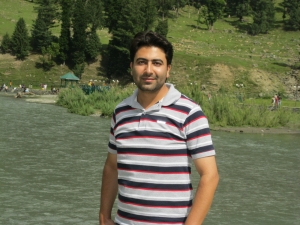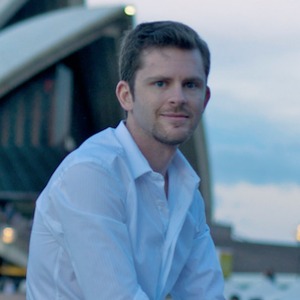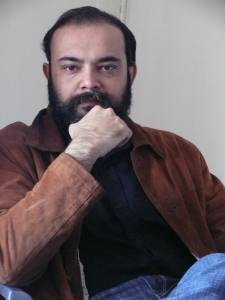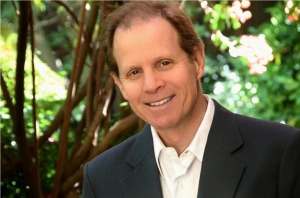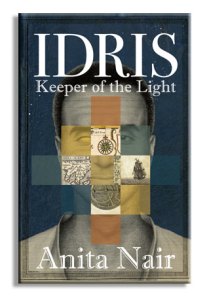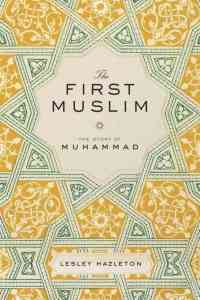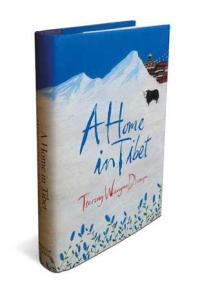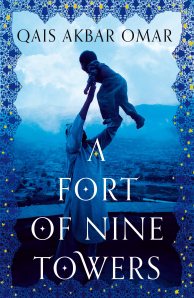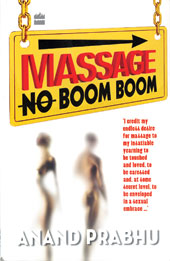Novelist Shahnaz Bashir of The Half Mother tells Hiren Kumar Bose that ordinary Kashmiris are as peace-loving and resistance-loving as those who fight oppression and crave peace
The story of a Kashmiri mother’s search for her son who is whisked away by an army team in the 90s and never returns sounds very familiar. Then, why call it a novel?
I wouldn’t say that I once met a “half mother” somewhere and started writing about her, no, not that. It grew up within me. I had always been thinking to write some small non-fiction piece on disappearances in Kashmir. I thought that every loss in Kashmir was getting lost in the general database of facts and statistics. The loss was, and still is, becoming dangerously normal. That, for example, if people do not die, the way they die here, it will be abnormal. That if you write the stories of the disappeared as small newspaper reports maybe a hundred times over but it would look like a normal daily report, and then this normality enters into our psyches. It seems somewhat normal that this person disappeared, that that mother is looking for her son, that a wife is going to be remarried because her husband couldn’t be found, so forth. And then this is my personal politics as a writer to expand the fact as much as possible because I think that so much that is happening to us is not only unheeded but also internationally ignored. We have only statistics, you know, so I believe it is really important to expand it as much as possible and that expansion can largely be done with fiction. Fiction, as I always say, is the truth told more beautifully, creatively, extensively, patiently and understandably. Non-fiction has its own essence. Literary fiction is where you free your characters and yourself and live and let live a life you have never been allowed to live in the reality. In fiction you would not only write about what actually happened but you would be able to write it well, that how it happened that happened. And that is how The Half Mother happened.
Has the situation in the valley changed since those days of “occupation and resistance”?
The ‘occupation and resistance’ is still in place. There might have been a few changes, but oppression continues to be there. Ordinary Kashmiris are as peace-loving and resistance-loving as are any other people in the world who fight oppression and crave peace. Ordinary Kashmiris are constantly struggling for their rights to determine their political selves — right to self-determination is an international democratic right.
How difficult was to reclaim the real story from the official version?
We are constantly struggling to tell the world how much our freedom of expression has been gagged; how much the mainstream Indian media has misrepresented us, distorted our truth. We are constantly striving to tell the world that how repressed and threatened we feel with the status quo. It was almost impossible to reclaim the story from the official version.
You’ve liberally used Kashmiri words in the text. Don’t you think you should have avoided it for a larger audience?
There were ten times more Kashmiri words – with translation even – in the draft than there are now in the book. Those had to be edited, for the reader outside Kashmir had to be considered. You will be surprised to know that I do not think in English when I write but in Kashmiri and I translate it in my mind to English, and then I write in English. I cannot think in English and write directly in English, that’s not possible for me. The chief reason to use a lot of Kashmiri words was to first to attract the non-Kashmiri reader to Kashmiri and to create prominent literary and linguistic connections between the identities of Kashmiri and English languages.
How does it feel to be considered a bold new voice from the Valley?
Initially, you feel good when published famously. Next, you feel better when praised for the publication. And finally, sincerely, you do not cherish it as you become more and more responsible. You want your voice to sustain the boldness.
Who are your favourite authors?
I admire a cluster of great writers: Leo Tolstoy for the way he captures almost all the human emotions in his stories, Anton Chekov for his highly nuanced characters and the underlying subjects of his themes, Fyodor Dostoevsky for his outstanding plots and analysis of psycho-philosophical sides of his characters, Guy De Maupassant for the variety of his characters and his literary simplicity, J M Coetzee for the paradoxes in his themes and his realism, Arundhati Roy for her style and tragicomic sense, John Banville for his craft. V S Naipaul and James Joyce are also on my list. I have been influenced mostly by Russian writers; the giant among them being Tolstoy.
